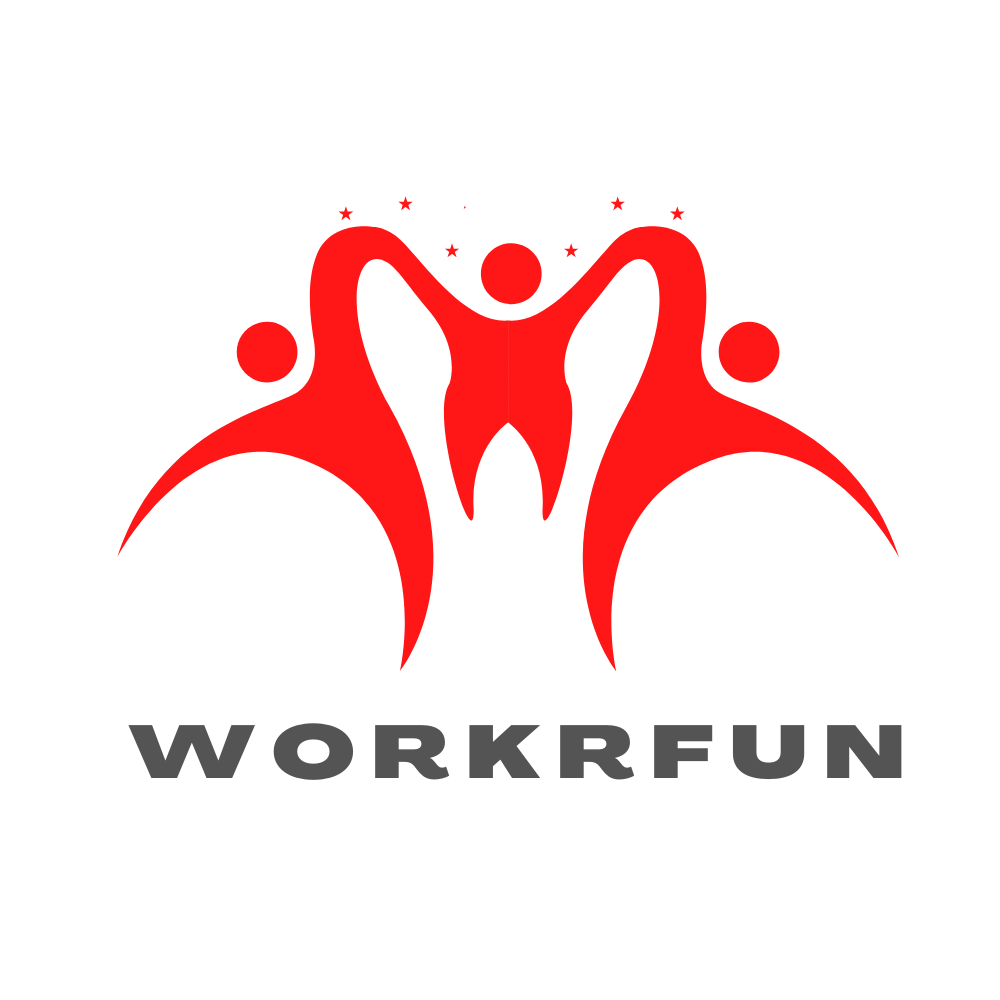Overview of Activity
This activity explores aspects of creativity and ways to encourage the imaginative process.
Objectives
- To comprehend how creativity and innovation impact leaders.
- To examine what makes a company creative.
- To analyze some of the myths about creativity in corporations.
- To study our own process of coming up with creative ideas.
- To learn the differences between linear and creative thinking.
- To try out processes for expanding thinking.
Training Methods
- Discussion
- Video
- Small-group exercises
- Presentation
- Journal writing
Materials Needed
- Attached documents: Our Own Creative Process, Elements of Creativity, Creative Techniques to Encourage Expanded Thinking
- Projector and monitor
- FISH film
- Flipchart and stand
- Creative toys for participants to manipulate
- Empty can and dried beans
- Plastic fish
- Thin and fat colored markers
- Colored paper
- White Index cards
- Props that can be used for creative “product” ideas
Room Setup
- Chairs facing flipcharts and projector screen
- Tables and chairs for small groups
In today’s fast-paced workplaces, employees need to solve problems and create innovations quickly and efficiently. The leader needs to know how to draw out the very best ideas and solutions from employees and team members. Therefore, this activity stirs up their creative juices.
Step by Step Instructions
- Introduce the topic by asking participants this question for them to respond to:
“Why should creativity and innovation be a fundamental area of study for leaders?”
Possible answers:
– Creative thinking can give an organization a competitive edge
– Creativity enhances and adds meaning to routine jobsAsk participants for the contrast between creativity and innovation. After you get a few responses, share the following definitions on the flipchart:
– Creativity is a process used to generate something new and potentially useful, without being directly shown or taught.
– Creativity is a process that creates order out of chaos.
– Innovation is the product or concept resulting from a creative idea. - Then show the FISH film as a case study of a company that has a creative vision. Ask viewers to write down the steps the company took to achieve their vision. Ask, what barriers do participants see that leaders in their company fabricate that might prevent creativity from taking place. Discuss this in pairs and have each pair put 3 to 4 brief responses on poster paper. Post and discuss as a group.
- Ask participants, what the process of creativity looks like? Ask them to think about an innovation they came up with. Distribute the attached document titled Our Own Creative Process, and allow time for completion.
- Handout seven index cards to each person. Tell them that they are to design the steps that they think are involved in a creative process, writing only one step on each card. In groups of three, have participants compare notes and come to some agreement about what the steps should be.
- Ask participants if they know the difference between linear thinking and lateral thinking. Explain the difference, using the following ideas: The brain is not a creative mechanism. Its purpose is to organize information and sort “like” bits of knowledge. Bits of information that we cannot connect to what we already know to get lost. Linear thinking is a step-by-step process. First we do this, second, we do that. Where do we find examples of linear thinking?
“Lateral thinking” was a term promoted by Edward DeBono to describe how we switch tracks and think about something in another way. Humor is one example of the use of lateral thinking. Example: A man says to a woman: “If I were married to you, I would poison your coffee.” The woman says to the man: “If I were married to you, I’d drink the coffee.”
The writer Alex Osborn says that there are seven ways to look at a subject or product creatively. (SCAMPER is the mnemonic to remember.) Distribute document titled Elements of Creativity and go over the seven elements. Use the examples below to get people started:
S = Substitute
C = Combine (Projector with the television, combined in one machine)
A = Adapt (wireless phones)
M = Modify or Magnify or add to (books on tape)
P = Put to another use (use a computer to watch a DVD movie)
E = Eliminate (Sony Walkman eliminated the ability to record)
R = Rearrange or Reverse (Alfred Sloan, CEO of General Motors, reversed the idea that people pay for the car before they drive it. He pioneered installment buying.)After participants have completed the handout, assign them the following instructions so they can attempt lateral thinking:
1. In pairs, create a new product or service.
2. Decide on the features or uses of the product.
3. Identify the benefits of the product.
4. Write a commercial to “sell” it.
5. What song would best suit this product or service?
6. Pitch your product to the group (have some props available for use). - Distribute Creative Techniques to Encourage Expanded Thinking and walk participants through each part of the process.
- Summarize what has been covered. Then allow participants to write out (either in a journal or in a notebook) what they can do to be more creative at their workplaces.
Post Activity Review
After conducting this activity take some time to reflect on how it went, how engaged the participants were, and what questions were raised. Then, make notes that include how much time you actually spent on the activity.
Hunting For Creativity
- Creative Techniques to Encourage Expanded Thinking (201.9KB)
- Elements of Creativity (144.9KB)
- Our Creative Process (182.2KB)





